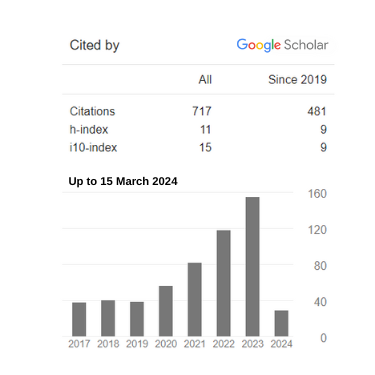The Enforcement of Multi-Tiered Dispute Resolution Clauses: Contemporary Judicial Opinion
DOI:
https://doi.org/10.31436/iiumlj.v24i1.228Keywords:
multi-tier dispute resolution clause, ADR process, condition precedent, arbitration, enforceabilityAbstract
Multi-tier dispute resolution clauses have come to be recognised as a commonly accepted method of dispute resolution clauses in commercial contracts - they often find place in construction contracts. The article discusses the conceptual nature of the multi-tiered clauses and explains the benefits of these clauses, as well as a few concerns related thereto. The article also refers to the UNCITRAL Model Law on Commercial Conciliation on the enforceability of the ADR tiers in the multi-tier dispute resolution clause, and the statutory regime governing enforceability of the multi-tier clauses in a few jurisdictions. It further discusses the implications of non-compliance of each of these tiers, especially with reference to the judicial opinion, in common law and civil law systems, with regard to the enforceability of these tiers – importantly, it addresses the question if and when these clauses are to be seen as condition precedent to an arbitration/litigation. The article concludes by setting out the common pitfalls to be avoided and the pointers to be considered when drafting an enforceable multi-tiered dispute resolution clause.
Metrics
Downloads
Published
How to Cite
Issue
Section
License
- Consent to publish: The Author(s) undertakes that the article named above is original and consents that the IIUM Press publishes it.
- Previous publication: The Author(s) guarantees that the article named above has not been published before in any form, that it is not concurrently submitted to another publication, and that it does not infringe anyone’s copyright. The Author(s) holds the IIUM Press and Editors of IIUM Law Journal harmless against all copyright claims.
- Transfer of copyright: The Author(s) hereby transfers the copyright of the article to the IIUM Press, which shall have the exclusive and unlimited right to publish the article in any form, including on electronic media. The Journal in turn grants the Author(s) the right to reproduce the article for educational and scientific purposes, provided the written consent of the Publisher is obtained.















